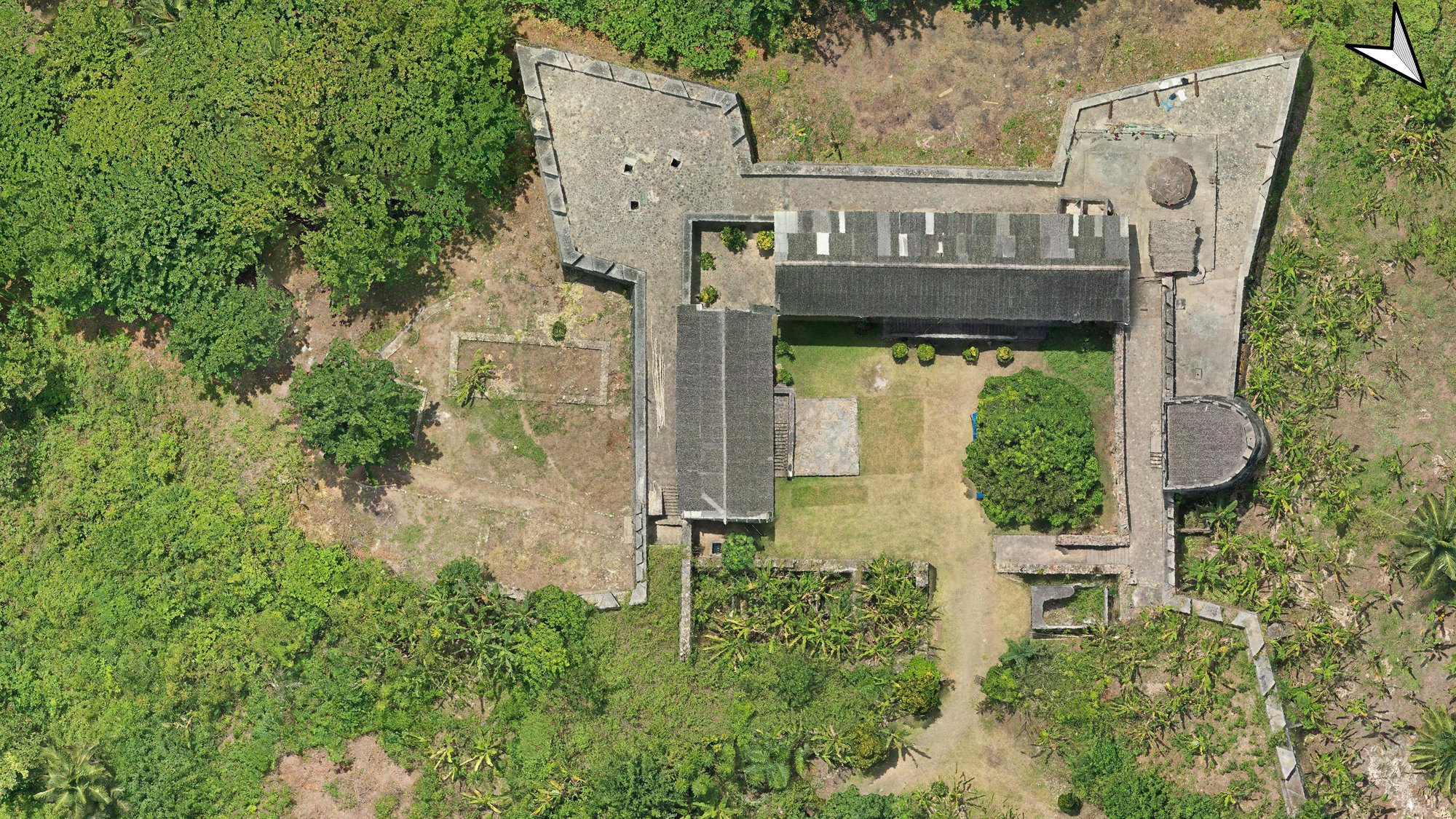Overview
While the German colonial period in parts of Africa has increasingly become a subject of archaeological investigations, less attention has been paid to the earlier ‘shared heritage’ of German involvement in the transatlantic slave trade. Brandenburg-Prussia entered the race for trading posts at the West African coast in the late 17th century, establishing a series of strongholds in what is today the Western Region of Ghana.
Among the most prominent material manifestations of this endeavour are the two forts Gross Friedrichsburg and Dorothea. The German trading venture was short-lived, however, ending already after roughly 35 years, when the forts were sold to the Dutch. During this time, about 20.000 enslaved African men, women and children had been transported to the Americas on Brandenburg-Prussian ships.
The Brandenburg-Prussian forts are today part of the serial UNESCO World Heritage site ‘Forts and Castles, Volta, Greater Accra, Central and Western Regions’, which recognises the difficult heritage of the transatlantic slave trade in Ghana. But the forts also play an important role in local heritage landscapes. At the invitation of the local communities of Princes Town and Akwidaa, a new Ghanaian-German archaeological research and heritage preservation project is focusing on the Brandenburg-Prussian forts and their local communities, highlighting the agency of local actors in the Early Modern period.
Most prominent was Jan Conny or Gyan Kwaw, a powerful local trader and military leader, who served as broker for the Brandenburg-Prussians before effectively taking over Fort Gross Friedrichsburg. Our project focuses some of its research efforts on tracing Jan Conny’s impact and it helps preserve and present material remains, such as the ruins of Jan Conny’s house and defensive wall. Descendant communities from the Americas, especially the Bahamas, have further insights to add to the history of the Brandenburg-Prussian fortifications and their local communities.



